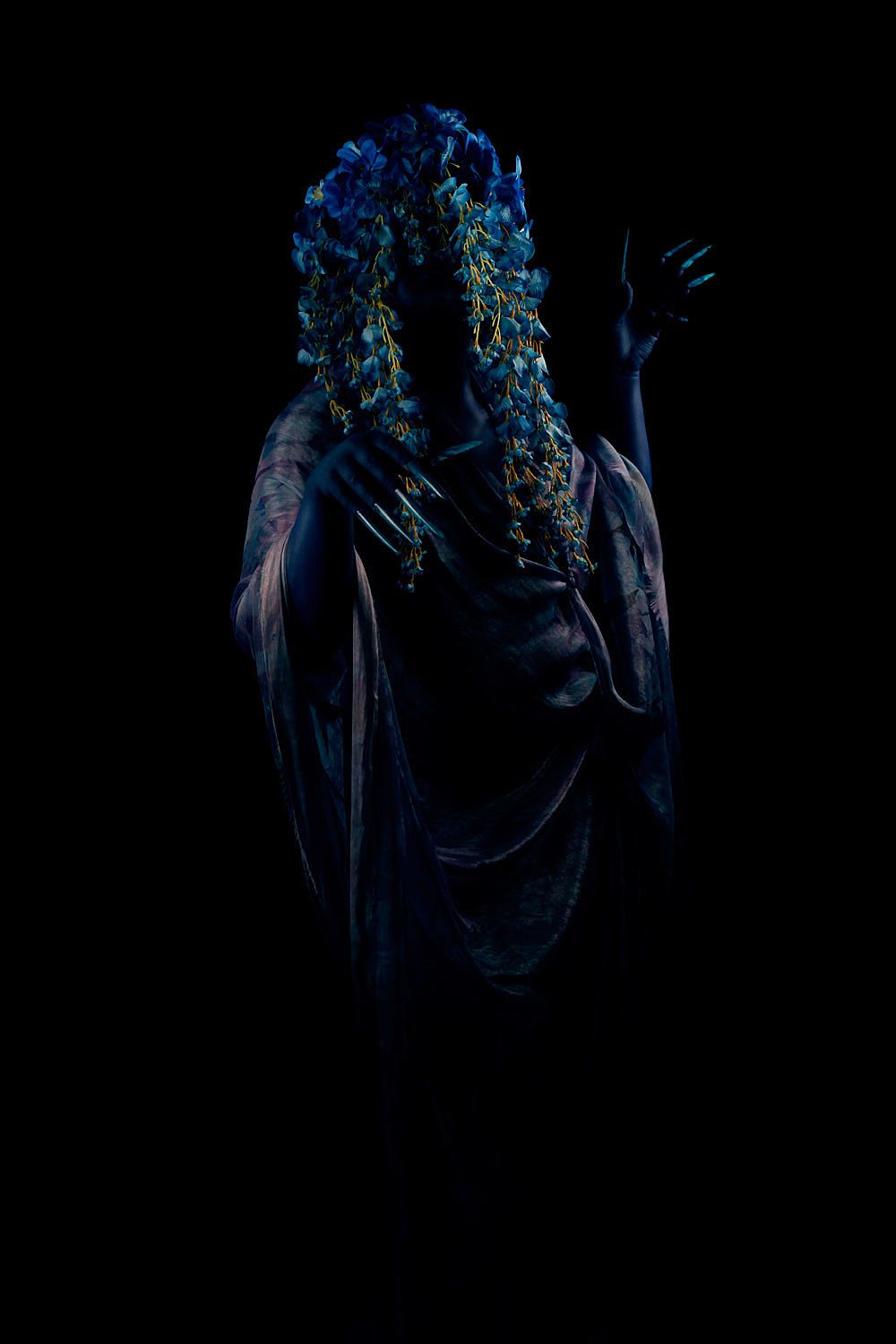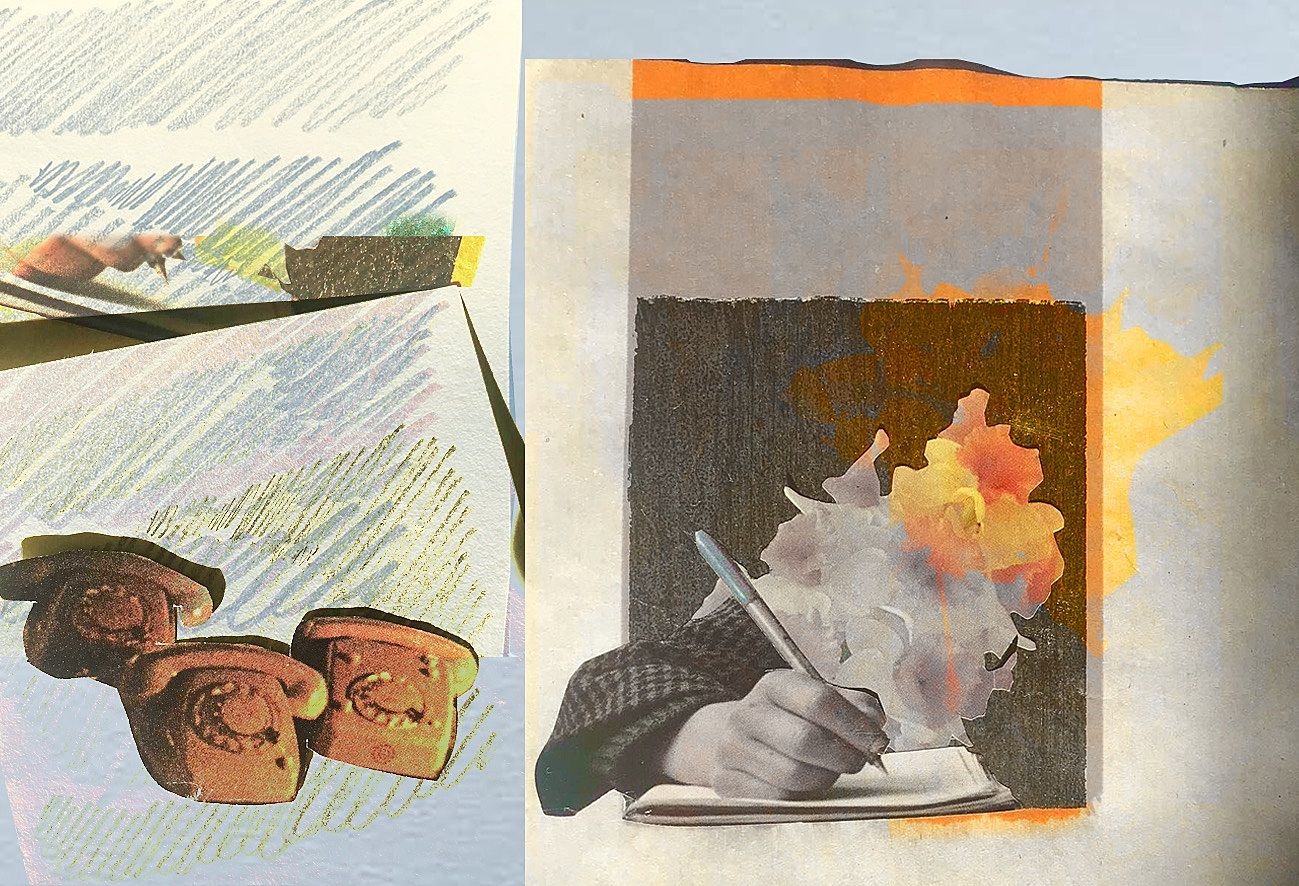The Unmissables: Five Exhibitions to see in July
The first in a new monthly round-up of notable, controversial and unmissable exhibitions in Tāmaki Makaurau and beyond.
The first instalment in a new monthly round-up of notable, controversial and unmissable exhibitions in Tāmaki Makaurau and beyond.
We’ve seen so many exhilarating and controversial moments in the art world this year. In Pursuit of Venus [infected] travelled across two oceans to be at the Venice Biennale. The Lighthouse was unveiled and confirmed itself as Tāmaki Makaurau’s most impressive piece of public art to date (it did everything public art should do: be part of a vital conversation and be a beacon for the city). We saw smaller galleries lead the charge with fierce, unexpected and devastating new work: Remember Sriwhana Spong’s having-seen-snake at Michael Lett? Kalisolaite Uhila’s Kohikohi at Fresh Gallery Ōtara? Or Luke Willis Thompsons’ Sucu Mate / Born Deadat Hopkinson Mossman?
You might not, and we wouldn’t blame you. Tāmaki Makaurau’s visual art scene is bursting at the seams and it’s hard to keep up – so we’re delighted to be partnering with the New Zealand Contemporary Art Trust to present a regular new series, The Unmissables, featuring a selection of must-see exhibitions each month. They’ll be published on our site but will go out in our monthly digest too. Sign up here:
* indicates required First Name Last Name Email Address *
Bringing you The Unmissables is an amazing team of writers, and to kick things off, here are five of them with their picks for July. It’s already shaping up to be a busy month: on top of the city’s regular programming, we’ve seen new public art in the form of Janet Lilo’s Karangahape light poles, a city-wide takeover with the Festival of Photography, a suite of Matariki-related programming, the triennial Art Gallery Toi o Tāmaki Chartwell show Shout, Whisper, Wail! and New Zealand representation (all Māori) for the first time ever at Documenta14.
Dreaming in the Anthropocene
One of the most compelling exhibitions in this year’s Auckland Festival of Photography is Chris Corson-Scott’s Dreaming in the Anthropocene at Trish Clark Gallery. The show centres on photographs of disused industrial structures in a state of decay. These were taken during an extended trip to the South Island in the company of Chris Holdaway, who has provided text for an accompanying publication.
The images are ambiguous in attitude. On the one hand, they possess an elegiac quality, recalling industries and workers abandoned and forgotten with various waves of ‘modernisation’. On the other, they inevitably recall the theft and ravaging of Te Waipounamu. Thinking of the triumphant photographs displayed at so many international exhibitions during the 19th and early 20th centuries, one might take solace in the crumbling constructions gradually being reclaimed by the natural world.
And yet – as the exhibition title reminds us – the ruins are but the tip of the proverbial iceberg. Many of the structures depicted predate the ‘Anthropocene’, the current geological age (starting about 1950), which was posited recently in order to recognise the overwhelming impact of humankind on the global environment. These poetic photographs are a powerful reminder that the doings of a moment can haunt far distant futures. – Francis McWhannell
Dreaming in the Anthropocene
Chris Corson-Scott
Trish Clark Gallery
13 June – 29 July 2017
Fāgogo
Throughout his exploration of Fāgogo, Pati Solomona Tyrell explores a story of transgression and reclamation. It is beautiful, surreal and sometimes terrifying.
The exhibition at ST PAUL St Gallery starts with three seemingly candid portraits of Samoan men at work or in the home. These portraits are unlike any others in the show and set up a typical depiction of masculinity – ‘traditional’, even. Moving through the rest of the exhibition, Tyrell’s video works and photography depict otherworldly super-humans, ancestors and deities who have long – almost curling – nails, white and black irises and spectacular clothing. These characters dance, pose and demand reverence.
“Bitch why you mad? Because my pussy pops severely and yours don’t?” starts a dance-off video, Maota Sāmoa, Pre Ball (2015), with numerous performers surrounded by a crowd. The crowd gets particularly zealous when they death drop (who doesn’t?)
The video sits alongside several photographic series. One series has three self-portraits of Tyrell shirtless, directing a stand-offish stare at the camera. These are interspersed with three self-portraits of him wearing a long, blonde wig and makeup, casting come-hither glances at the camera. Tyrell beckons – who do you see when you look at me? Now, who do you see? Don’t stop looking. It’s this attitude and self-determination that’s at the core of Fāgogo. – Eloise Callister-Baker
Fāgogo
Pati Solomona Tyrell
St PAUL St Galleries One and Two
8 June 2017 – 22 July 2017
te huka o te tai
Words unfurl and stretch across time. They rise up as gossamer mist from mountain-scapes, and spool out from a hand that traces charcoal ridges and valleys on a footpath in Taipei. Words attempt to conjure the uncertain edges of love and loss, bracketing empty volumes with the promise of communion. They form a tripartite monologue, they prove untrustworthy guides. And at worst they are a meaningless mnemonic device.
te huka o te tai continues an ongoing investigation of language, waiata and whakatauki. I believe that for Te Ao, these become the means with which to charge the landscape with human emotions. The words that fill this exhibition, and the waiata from which they are drawn, inscribe upon the landscape our intimate grievances and confusion, and a deep sense of longing and historical trauma.
Embedded within the turbulent political climate of Taiwan, a nation caught in a struggle for independence as it attempts to atone for its colonial past, Te Ao’s works sound out a history of land confiscation, languages lost, and a people displaced from their homes. These are also issues that resonate powerfully within Aotearoa, a country grappling with these very same issues. – Amy Weng
te huka o te tai
Shannon Te Ao
Artspace
18 May 2017 – 8 July 2017
[Note: this exhibition was originally scheduled to close on the 15 July,
but has had to close early – on 8 July]
Resembling the Hazards of Life Itself
I remember Fibre Optic Broom #2 (2010) vividly, it hung for a few years in the first gallery space of the renovated Auckland Art Gallery Toi o Tāmaki, and was the first time I was introduced to Eddie Clemens. There’s something incredibly familial about a broom, and something tactile about LED lights. Yet Clemens’ brooms are also a work of science. The First Generation Fibre Optic Broom was developed in collaboration with the University of Otago’s Electrical Engineering Department, software architect Dave Branton of Trimble Navigation, fibre-optic specialist Bruce Keys and industrial designer Mitch Hughes. The second iteration introduced the – now iconic – use of 720 “smart” LEDs, which can be programmed to display multiple colours as well as animations.
Resembling the Hazards of Life itself, Clemens’ second show at Bowerbank Ninow brings back the broom, with yet more refinements. Octagonal Fibre Optic Broom Configuration includes third generation broom heads, fabricated in Japan. It is this level of scientific innovation (although the above is a very abridged version), that is the most enticing part of Clemens’ practice and is best exemplified not in the brooms themselves but in the series of five drawings in tight black frames discreetly tucked around the corner, some of which are electronic schematics for the First Generation Fibre Optic Broom Version 3 printed circuit board. Not only are they a delight to look at, they provide an acute and rare insight into the mind of the artist, giving the audience the sense of being privy to trade secrets.
I suspect Fibre Optic Broom will come to be a work which will eventually haunt Clemens, but in the meantime this combination of technological wonderment and innate familiarity is a convincing one. – Lana Lopesi
Resembling the Hazards of Life Itself
Eddie Clemens
Bowerbank Ninow
28 June 2017 – 29 July 2017
Namesake
A smell wafts through the doors beckoning visitors into the gallery, its earthy sweetness establishing the homely atmosphere of Namesake, an exhibition by Quishile Charan and Salome Tanuvasa.
There are only seven works in the exhibition, yet they deftly collude to create an embracing space. The aroma comes from Charan’s quishile.shile.shila, made using kawakawa leaves. The tactile nature of her other works, hung as if on a washing line, are similarly alluring. Taking advantage of Enjoy’s wall of windows, the washing line stands as if in a backyard, exhibited with intimate theatricality. A particular quirk I noted was the bindi on the Aaji work (a portrait of Charan’s aaji – paternal grandmother) which Charan hand embroidered, the back of it spiking outwards, leaving a mere hint of a shadow passing through.
Tanuvasa’s Morning evening presents a grounding tableaux of a familiar (and familial) sight/site, the backyard. Indelibly linked to the nostalgic childhood spent outside, it’s a contrast to the gallery it’s being shown in. Coupled with Wall drawing, a simple line piece commanding the length of Enjoy’s longest wall, I was compelled to think about the tenuous links we all have to the amorphous concept of ‘home’, a concept that has changed in my lifetime, and over the generations of movement and marriage that came before me.
If anything, I wanted the space to feel homelier. With the addition of seating, a longer visit could be encouraged, allowing more time to sit with Namesake and ruminate on everything it conjures up. – Matariki Williams
Namesake
Quishile Charan and Salome Tanuvasa
Enjoy Public Art Gallery, Wellington
29 June 2017 – 22 July 2017
The Unmissables is presented in a partnership with the New Zealand Contemporary Art Trust, which covers the costs of paying our writers. We retain all editorial control.







